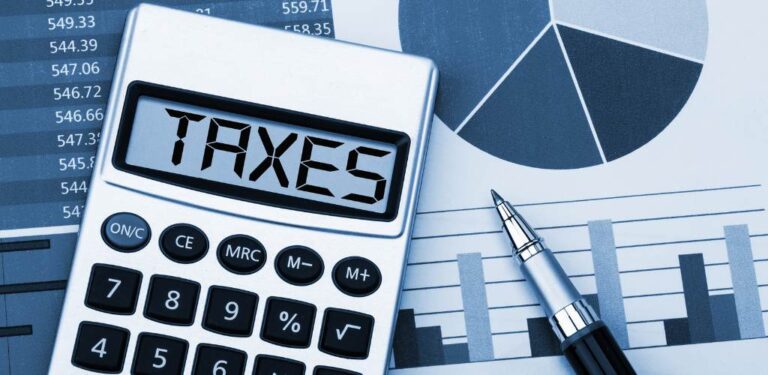
Autumn Budget Update November 2022
Here is a summary of the changes announced in the Autumn Statement
Personal Tax
- Income tax thresholds – The personal allowance will remain frozen at £12,570, and the threshold at which individuals become liable for the higher rate of 40% will remain at £50,270, in both cases until April 2028.
- Additional rate of income tax (ART) – the 45% ART threshold will be lowered from £150,000 to £125,140 from 6 April 2023.
- National insurance thresholds – the main thresholds will remain frozen until April 2028.
- Inheritance Tax nil rate bands – these will remain frozen until April 2028.
The nil-rate band is frozen at £325,000, the residence nil-rate at £175,000, and the residence nil-rate band taper will continue to start at £2 million. - Dividend Allowance – the dividend allowance will be cut from £2,000 to £1,000 from April 2023, with a further reduction to £500 from April 2024.
- Capital gains annual exempt amount – the exempt amount will be reduced from £12,300 to £6,000 from April 2023, further reducing from April 2024 to £3,000.
- Pensions triple lock – protected, in April State pension will increase in line with inflation.
Stamp Taxes & Business Rates
- Stamp Duty Land Tax (SDLT) – the increases to the SDLT nil-rate threshold (from £125,000 to £250,000) and the increased nil-rate threshold paid by first-time buyers from £300,000 to £425,000, which came into force on 23 September 2022, remain only until March 2025. After this date the allowances will revert to their previous levels.
Business Tax
- Corporation tax – The Government previously announced that the rate of corporation tax will increase from April 2023 to 25% from the current 19%.
- Reforms to Research and Development (R&D) tax reliefs – For expenditure on or after 1 April 2023, the Research and Development Expenditure Credit (RDEC) rate will increase from 13% to 20%, the small and medium-sized enterprises (SME) additional deduction will decrease from 130% to 86%, and the SME credit rate will decrease from 14.5% to 10%. A consultation will be launched on the design of a single R&D scheme. The Government will introduce legislation (which was published in draft earlier this year) to reform R&D tax reliefs by expanding qualifying expenditure to include data and cloud costs, refocusing support towards innovation in the UK, and targeting abuse and improving compliance.
- First Year Allowance (FYA) for Electric Vehicle Chargepoints – the FYA for electric vehicle chargepoints will be extended to 31 March 2025 for corporation tax purposes and 5 April 2025 for income tax purposes.
- National living wage (NLW) – the NLW will increase for individuals aged 23 and over from 9.7% to £10.42 an hour from 1 April 2023. Lower rates apply to people aged below 23 and apprentices.
- National Insurance contributions Secondary Threshold – the Class 1 Secondary NICs (the Secondary Threshold) will be fixed at £9,100 from April 2023 until April 2028.
- Additional Compliance Resource for HMRC – The government is investing a further £79 million over the next 5 years to enable HMRC to allocate additional staff to tackle more cases of serious tax fraud and address tax compliance risks among wealthy taxpayers. This investment is forecast to bring in £725 million of additional tax revenues over the next 5 years.
Indirect Taxes & Duties
- VAT registration and deregistration thresholds – the thresholds will be frozen at their current levels of £85,000 until April 2026.
- Vehicle Excise Duty on Electric Vehicles (VED) – From April 2025, electric cars, vans and motorcycles will pay VED in the same way as petrol and diesel vehicles.
